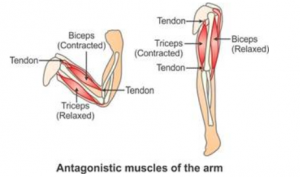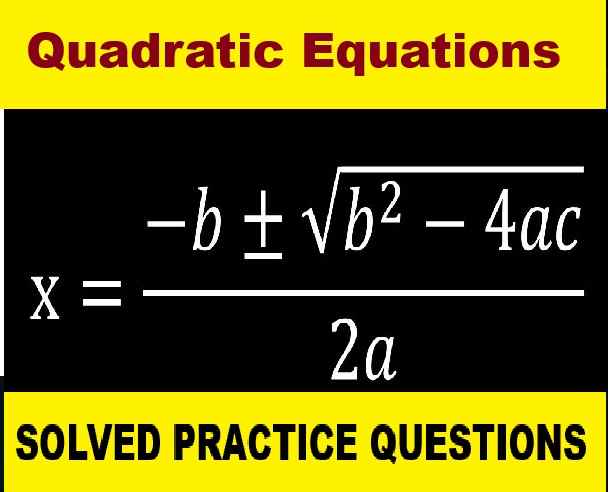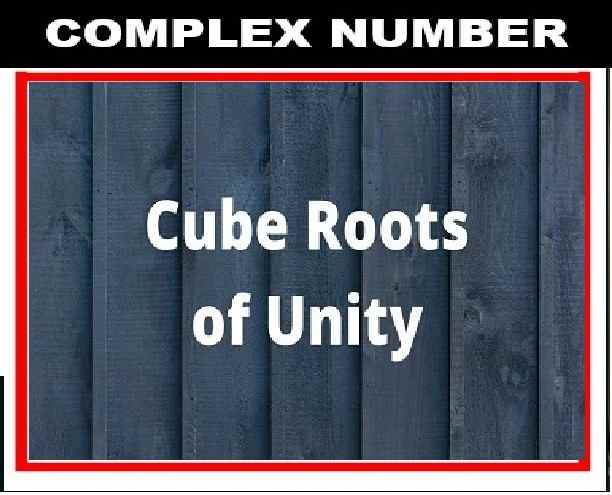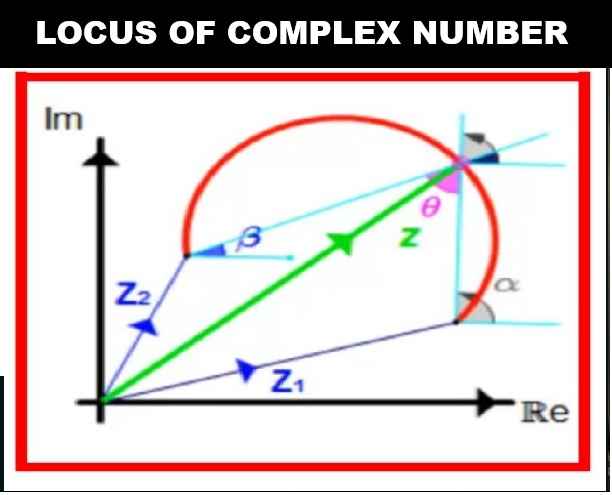Skeleton Movement and Locomotion Short Answer Biology Class-9 ICSE Selina Publishers Solutions Chapter-12. Step By Step ICSE Selina Concise Solutions of Chapter-12 Skeleton Movement and Locomotion with Exercise-12 including MCQs, Very Short Answer Type, Short Answer Type, Long Answer Type and Structured/Application Questions Solved . Visit official Website CISCE for detail information about ICSE Board Class-9.
Skeleton Movement and Locomotion Exe-12 Short Answer Biology Class-9 ICSE Concise Selina Publishers
| Board | ICSE |
| Publications | Selina Publication |
| Subject | Biology |
| Class | 9th |
| Chapter-12 | Skeleton Movement and Locomotion |
| Book Name | Concise |
| Topics | Solution of C. Short Answer Type |
| Academic Session | 2023-2024 |
C. Short Answer Type
Skeleton Movement and Locomotion Class-9 Biology Concise Solutions
Page 132
Question 1.
Define:
(a) Skeleton system
(b) Bone marrow
(c) Gristle
(d) Pivot joint
(e) Antagonistic muscles
Answer:
(a) Skeleton System refers to the internal framework of bones and other connective tissues including cartilage, ligaments, and tendons that provide support, shape, protection, movement and leverage to the human body.
(b) Bone marrow is a soft, spongy tissue found inside the central hollow space or the marrow of some of the long bones where certain types of blood cells including red and white blood cells are formed.
(c) A pad of cartilage intervertebral disc that forms a kind of cushion between two vertebrae is called Gristle.
(d) Joint that allow rotation about an axis is called Pivot joint.
(e) The muscles that cause opposing movements are called antagonistic muscles.
Question 2.
Do the muscles pull the structures, or push them? Explain briefly.
Answer:
Muscles pull the structure. A muscle has two ends; a fixed end where the muscle originates and a movable end that pulls some other part. The movable end is drawn out to form a tough structure known as a tendon that is attached to the bone.
When a muscle is stimulated by a nerve, it contracts and becomes shorter and thicker and this pulls the bone at its movable end. Muscles can only contract and relax, they cannot lengthen.
Question 3.
Just as the humerus corresponds to femur, what bones correspond to tarsals, metacarpals, ulna and radius respectively?
Answer:
| Bones | Corresponding bones |
| Humerus | Thigh bone (Femur) |
| Tarsals | Carpals |
| Metacarpals | Metatarsals |
| Ulna | Fibula |
| Radius | Tibia |
Question 4.
What are antagonistic muscles? Give one example.
Answer:
Once a structure has been moved by a muscle, it cannot return to its original position without another muscle acting on it. Muscles that cause opposing movements are known as antagonistic muscles.
Example of antagonistic muscles:

When you flex your arm at the elbow, the muscle that lies above the upper arm, i.e. the biceps is seen and felt bulging. This muscle bulges due to contraction and becomes smaller in length, stiffer and thicker. Contraction of biceps draws the forearm towards the upper arm. However, relaxation of biceps cannot push the forearm back to its original position.
When the arm is extended or straightened, the muscle at the back of the upper arm, i.e. the triceps contracts. The two muscles work antagonistically or in opposite directions to bend or flex and straighten the arm at the elbow.
Question 5.
Give reason:
(a) Decalcified bones become soft and flexible.
(b) People in old age complain of stiff joints.
(c) In the female skeleton, the pelvis or hip bone is wider and trough-shaped.
(d) Bones are considered to be a living tissue.
(e) Vertebral column is curved.
Answer:
(a) Two-third of entire bone mass is made of calcium and phosphorous. It gives strength and hardness to bones. Therefore, when these inorganic substance are lost or the bone is decalcified, they become soft and flexible.
(b) The freely movable joints are well lubricated by synovial fluid to remove friction between the joint surfaces. With age, the production and quality of synovial fluid decreases, leading to less effective lubrication. This coupled with degeneration of cartilage and ligaments causes stiff joints in old age.
(c) In the female skeleton, the pelvis or hip bone is wider and trough-shaped to adapt for accommodating the foetus in the uterus during pregnancy.
(d) Bones are made up of living cells (osteocytes) that are responsible for their growth, maintenance, and repair. They receive blood supply through a network of blood vessels and they produce red and white blood cells within the bone marrow. Therefore, the bones are considered to be a living tissue.
(e) Vertebral column is curved in order to provide correct posture and balance to our body. It’s curvature enables us to minimize all the stress on bones and muscles that arises due to activities.
Question 6.
Write one specific location of the following in the human body.
(a) Femur
(b) Malleus, Incus, Stapes
(c) Coccyx
(d) An immovable joint
(e) Sternum
Answer:
(a) Thigh
(b) Ear
(c) lower part of back bone
(d) Brain box
(e) In the middle of the front part of the chest.
— : End of Skeleton Movement and Locomotion C. Short Answer Class-9 ICSE Biology Solutions :–
Return to Return to Concise Selina ICSE Biology Class-9
Thanks
Please share with your friends


